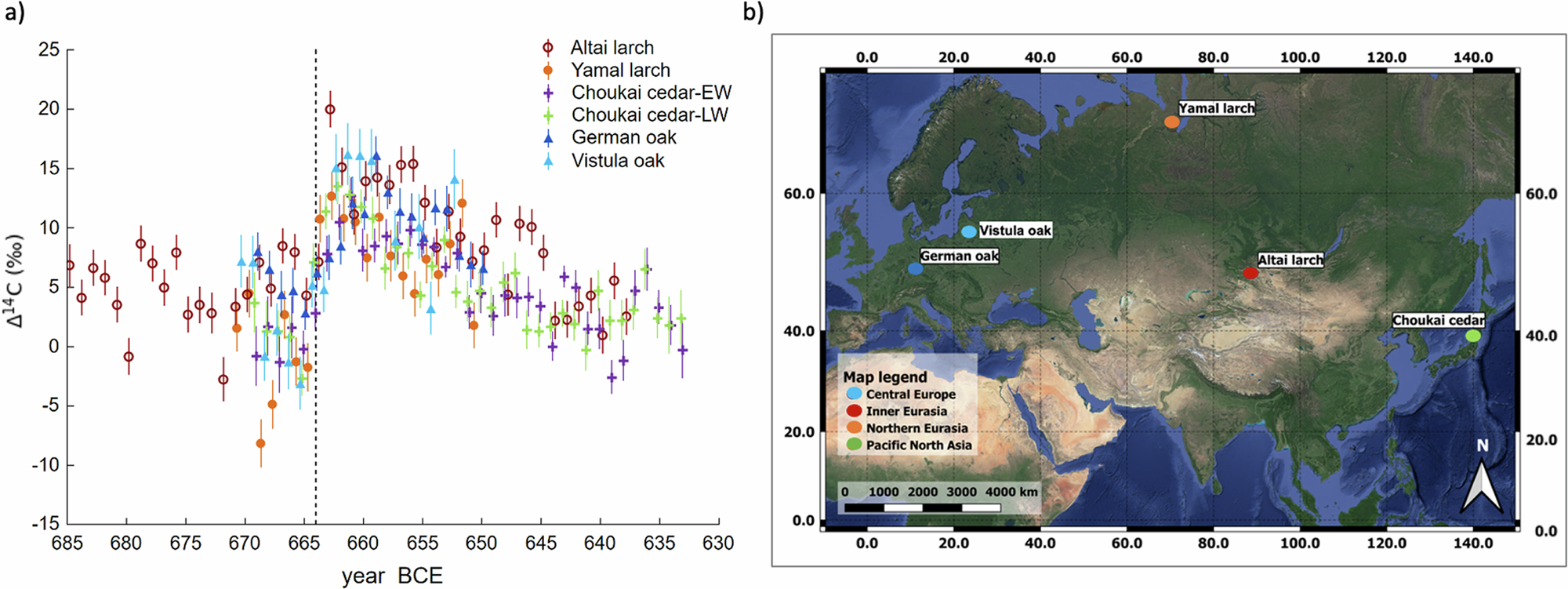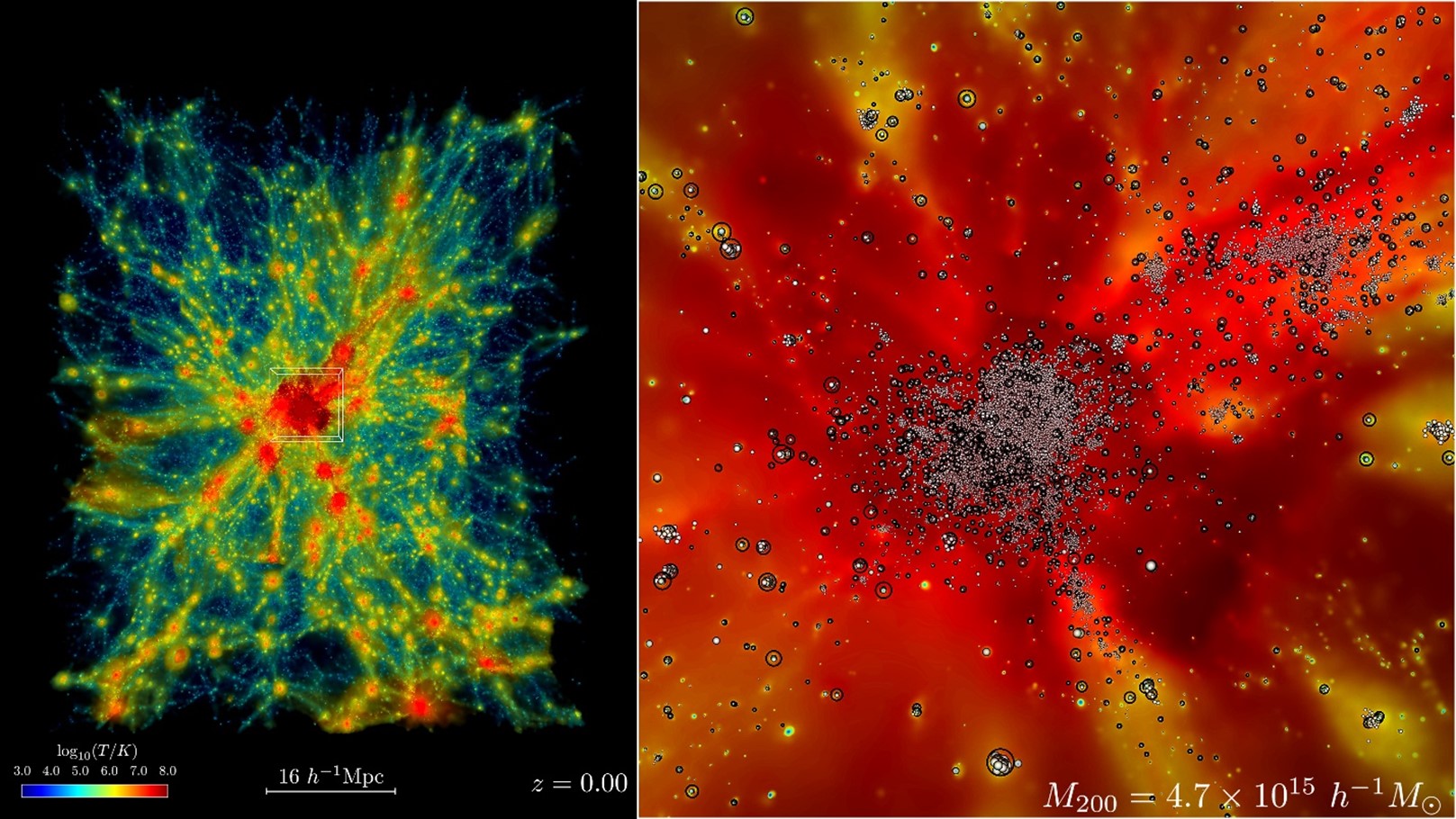2024-11-20 アリゾナ大学
<関連情報>
- https://news.arizona.edu/news/when-trees-talk-researchers-probe-ancient-wood-clues-about-massive-solar-storms
- https://www.nature.com/articles/s43247-024-01618-x
紀元前660年頃のミヤケ太陽陽子イベントの時期は、紀元前664年から663年の間と推定される The timing of the ca-660 BCE Miyake solar-proton event constrained to between 664 and 663 BCE
Irina P. Panyushkina,A. J. Timothy Jull,Mihaly Molnár,Tamás Varga,Ivan Kontul’,Rashit Hantemirov,Vladymir Kukarskih,Igor Sljusarenko,Vladymir Myglan & Valerie Livina
Communications Earth & Environment Published:23 August 2024
DOI:https://doi.org/10.1038/s43247-024-01618-x

Abstract
Extreme solar energetic particle events, known as Miyake events, are rare phenomena observed by cosmogenic isotopes, with only six documented. The timing of the ca. 660 BCE Miyake event remains undefined until now. Here, we assign its occurrence to 664–663 BCE through new radiocarbon measurements in gymnosperm larch tree rings from arctic-alpine biomes (Yamal and Altai). Using a 22-box carbon cycle model and Bayesian statistics, we calculate the radiocarbon production rate during the event that is 3.2–4.8 times higher than the average solar modulation, and comparable to the 774–775 CE solar-proton event. The prolonged radiocarbon signature manifests a 12‰ rise over two years. The non-uniform signal in the tree rings is likely driven by the low rate of CO2 gas exchange between the trees and the ambient atmosphere, and the high residence time of radiocarbon in the post-event stratosphere. We caution about using the event’s pronounced signature for precise single-year-dating.



